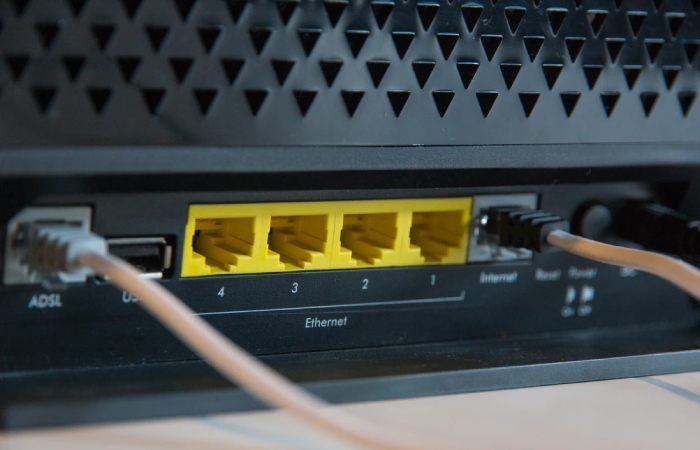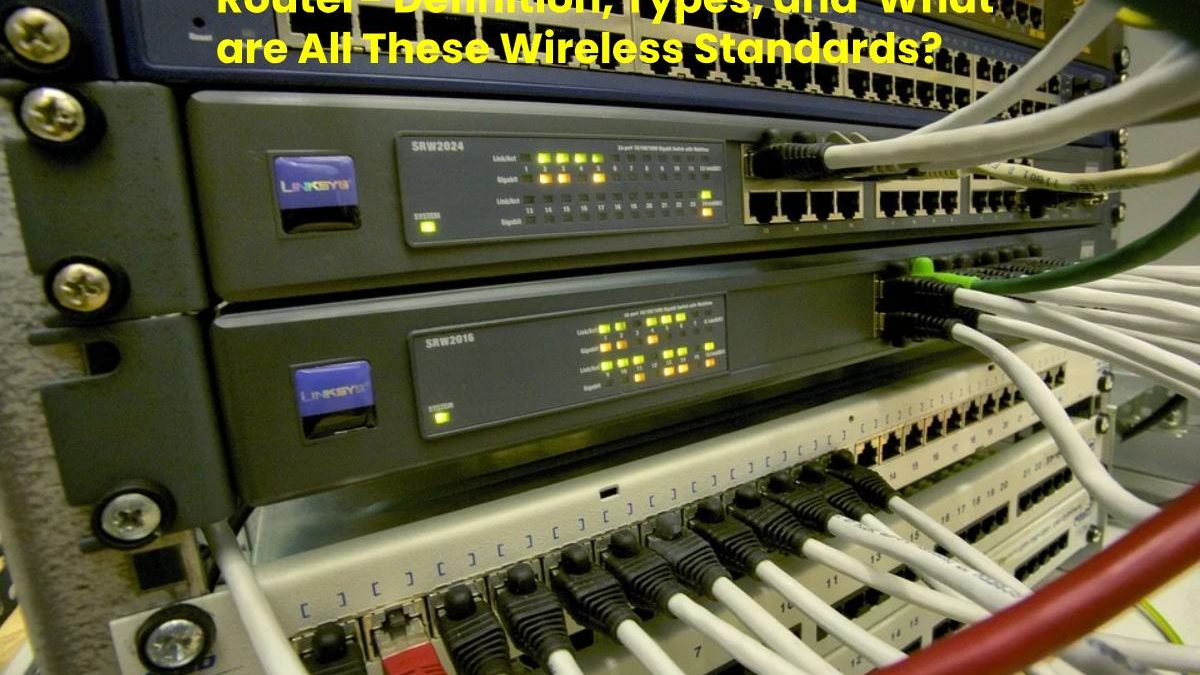Table of Contents
Router Definition
A router is a physical network gadget that facilitate and establish a connection between a local network and the Internet by passing information to and from packet-switched networks. Performs this function by analyzing the header of a data packet containing the packet’s destination IP address. Based on the data packet, the router determine the most efficient route to the destination address. Simply put, a router routes information among connected networks.
Types of Routers

All routers perform the basic role of receiving and sending data between the Internet and local devices connected to a network. However, there are different types of routers depending on how they connect to devices or how they work within a network. Specifically, the commonly available types of routers include.
Brouter
Router B is also known as a bridge router. It is a network device that works as a bridge and as a router. Both a bridge and a [router] connect to a network. However, network bridging involves connecting two separate networks to allow them to function as a single cohesive network. In contrast, a router provides a connection that maintains both networks as individual private networks.
Core Milling Machine
A central router establishes a network connection and facilitates the transmission of data within the private network. Core routers operate within the core or within the network and cannot send or receive data outside. The distribution of data is limited to the network since this type of [router] cannot carry out the exchange of information with other systems.
Edge Milling Machine
An edge router is responsible for transferring data transfers between multiple networks. Unlike the central [router], the peripheral router does not facilitate the exchange of data packets within a private network but rather manages the transmission of data to other independent network systems.
Virtual Router
usually, a virtual router consists of software that allows a device to function as a standard physical router. It is capable of operating with the use of a Virtual Router Redundancy Protocol (VRRP).
Wireless Router
A wireless router still maintains a wired connection to the modem where it receives data signals from the Internet. However, a wired connection from the [router] to devices connected to the network is not necessary. A wireless [router] uses antennas that send out radio or infrared waves that carry data packets. The most general example of a wireless router is home wi-fi routers that are widely used in offices and residential homes.
Wired Router
Wired routers have a minimum of 2 wired connections. First, the connection from the modem to the [router] itself. This is where the router receives or sends data packets to and from the modem, which in turn connects to an ISP. Another connection is to the devices that connect within the network. Multiple devices can connect to a router, depending on the number of available ports.
What are All These Wireless Standards?
802.11 is a set of standards that direct communications between computers on the wireless network. They have been created by the Institute of Electrical and Electronics Engineers (IEEE), which is responsible for their maintenance. The versions of the 802.11 standards that commonly have more compatibility in today wireless routers are:
802.11b – establish in 1999, this standard is currently practically out of date. It is time-consuming, and its only security is WEP, easy to break, making your home insecure. If you have to use WEP, the ‘Open’ mode is more secure than ‘Shared’ mode. Although this standard is compatible with most modern routers, the only reason to use it is if you have an older device that only works on 802.11b. 802.11b works in the 2.4GHz band, making it susceptible to interference from microwave ovens, Bluetooth devices, baby intercoms, and cordless phones.
802.11g – Established in the year 2003, this standard is currently the most widely used. It is a lot faster than 802.11b and supports the latest security standards ( WPA and WPA2). 802.11g is faster than most attached wired, DSL, and FIOS Internet networks. Like 802.11b, 802.11g devices experience interference from other products using the 2.4 GHz band.
802.11n – Established in the year 2009, the newest wireless network standard is the fastest and least interference-free. Like 802.11g, it supports the latest security standards (WPA and WPA2). 802.11n can work in the 2.4GHz band or the 5.0GHz band with less tendency to suffer interference. A device running 802.11n 2.4GHz cannot connect to another device running 802.11n 5.0GHz.

